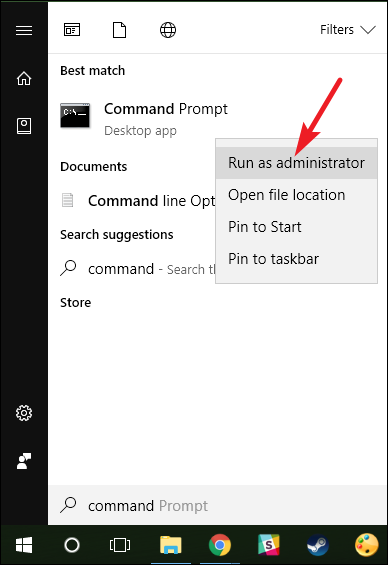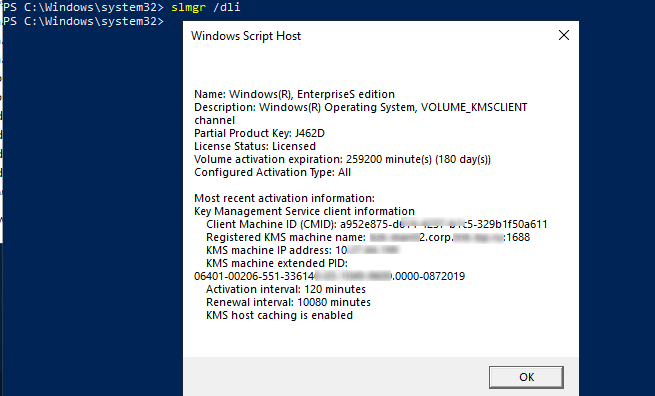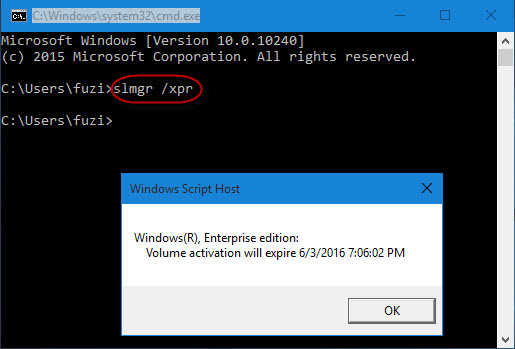CMD or command prompt is an interpreting application that is used to interpret command lines in various operating systems. Most of those applications perform various administrative functions or troubleshoot various problems in an operating system via batch files and scripts. It is officially called the windows command processor or very often identified by the file name cmd.exe.
It’s the successor of the old computing and interpreting system command.com and is developed by Microsoft, IBM, and ReactOS contributors. Initially released by the end of the year 1987 it has been one of the biggest and widely used interpretation software on any working OS.
Contents
What is CMD?
Before you can get into activating Windows 10 with it you need to know how to use access it to make things simple. There are various methods to access the command prompt but the most common way is via the shortcut located in the start menu depending upon the version of os that is being used.
After opening the cmd from the start menu a proper prompt command with valid command spelling and syntax must be entered. For example, DIR is the command used for searching or locating any file del is used for deleting any file or software on the computer, and SFC scanner is used for scanning for checking all the damaged files and if the proper system file is installed or copied perfectly at the correct place.

However, it isn’t as easy as it looks like a single spacebar while using the delete command can delete an entirely different file or files, or even worse, one should always check for the DLL file error otherwise the application that has to be installed might not work or in the worst-case scenario, it might get deleted from the PC.
In this article, you will get to know how to activate Windows 10 with CMD.
How to Activate Windows 10 with CMD?
This is the simplest way to activate windows there are some other ways that can be found but there have been certain updates and those might not work so we recommend you to stick with this method.
1. Run KMS commands on the command prompt.

2. Click on the Windows button, when the menu pops up, search for cmd on the search bar, and then run it with administrator rights.

3. Use the command “slmgr /ipk yourlicensekey” to install a license key. This is the activation key corresponding to your Windows edition.

The list of Windows 10 Volume license keys is below:
Home: TX9XD-98N7V-6WMQ6-BX7FG-H8Q99
Home N: 3KHY7-WNT83-DGQKR-F7HPR-844BM
Home Single Language: 7HNRX-D7KGG-3K4RQ-4WPJ4-YTDFH
Home Country Specific: PVMJN-6DFY6-9CCP6-7BKTT-D3WVR
Professional: W269N-WFGWX-YVC9B-4J6C9-T83GX
Professional N: MH37W-N47XK-V7XM9-C7227-GCQG9
Education: NW6C2-QMPVW-D7KKK-3GKT6-VCFB2
Education N: 2WH4N-8QGBV-H22JP-CT43Q-MDWWJ
Enterprise: NPPR9-FWDCX-D2C8J-H872K-2YT43
Enterprise N: DPH2V-TTNVB-4X9Q3-TJR4H-KHJW4
4. Now you will have to set your KMS machine address by using the command “slmgr /skms kms8.shartners.com” to connect to your KMS server.
5. Now the in the last step all you need to do is activate Windows. The command “slmgr /ato” will help you do so.

6. End things by checking your activity status again.
Conclusion
The process might get a little confusing for some people so we recommend you skim through the article properly or seek help from an expert or someone who knows their way around it. This might make things a bit easier. If you can’t find anyone doesn’t worry, this article is here for your rescue.
The in-depth process will surely help you through the process and make things a bit easier. Be very careful while following the steps and go according to the steps properly to avoid any sort of inconvenience.
We hope to have come in handy. Leave your queries and suggestions in the comment box below. Have an amazing day!
